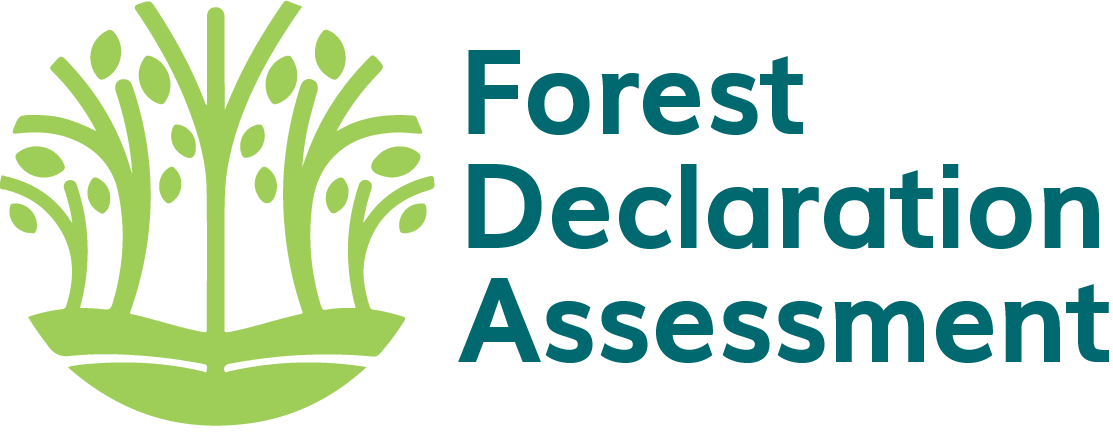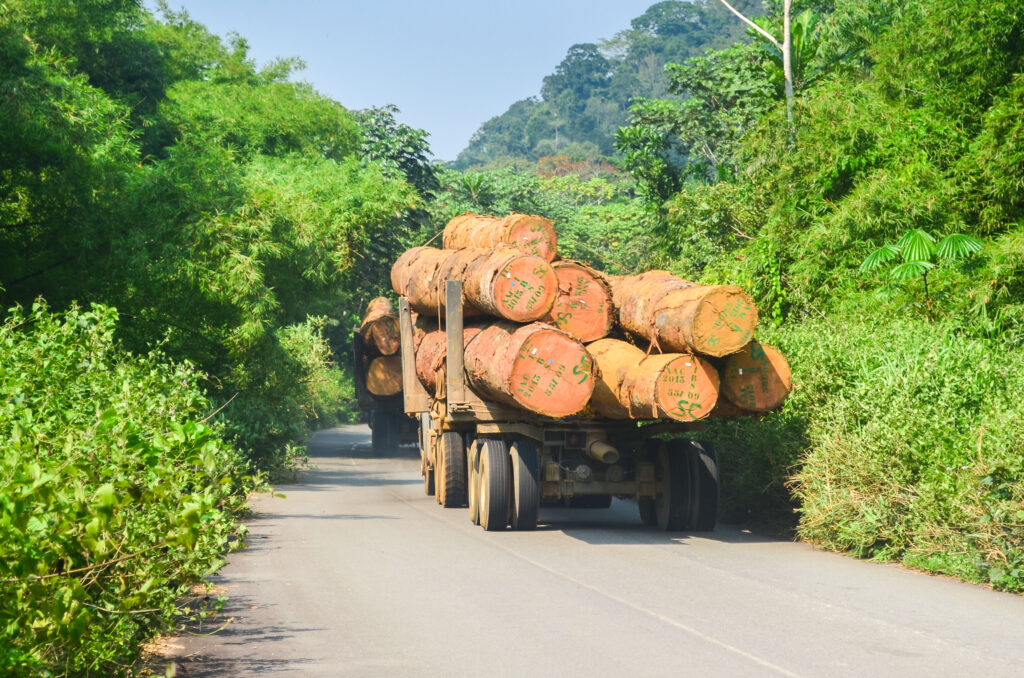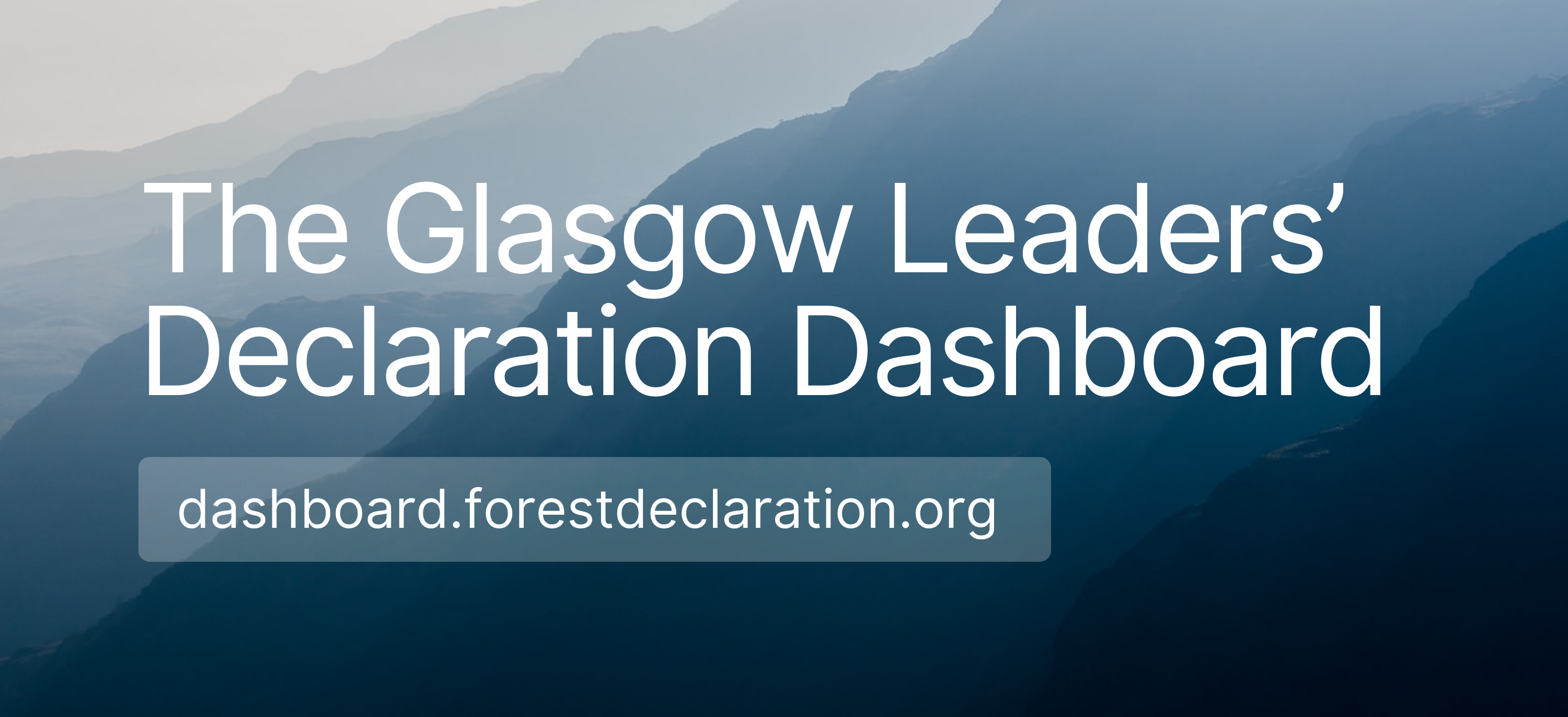Notable efforts underway by governments to address deforestation in the region, world leaders must step up financial support or risk another round of hollow commitments
Sharm El-Sheikh (10 November 2022)—The Congo Basin region, home to the second largest tropical forest in the world and a major biodiversity hotspot, experienced an alarming increase in deforestation in 2021 compared to previous years, according to a new regional assessment released today by the Forest Declaration Assessment.
One year ago, 145 governments—including all six Congo Basin Forest countries, namely Cameroon, the Central African Republic, the Democratic Republic of the Congo (DRC), Equatorial Guinea, Gabon, and the Republic of the Congo—signed the Glasgow Leaders’ Declaration on Forests and Land Use, committing to halt and reverse deforestation by 2030. With only eight years remaining, countries will need to reduce forest loss by 10% every year from 2021 compared to 2018-2020. Alarmingly, the report published today found that the region overall is not on track to meet this goal, and that deforestation has gone up by 5%. Only two of the six Congo Basin countries, the Republic of the Congo and Gabon, are on track to meet the 2030 goals, having so far achieved reductions of 30% and 28% respectively.
“The Congo Basin Forest is at a crossroads,” said Dr Marion Ferrat, senior consultant at Climate Focus and lead author of the report. “Deforestation has been low compared to other tropical regions, but we are seeing an upward trend of fragmentation and forest loss since 2020. If this trend continues, we risk losing the largest remaining intact forest in the tropics along with its immense and irreplaceable value for biodiversity, climate, and people.”
One out of every five species on the planet is found in the forests of the Congo Basin. The region’s forests also contain the world’s largest remaining carbon sink in the tropics, capable of removing 0.61 net gigatons of carbon dioxide equivalents (GtCO2e) per year—nearly six times the net removals of the Amazon Basin forests in only 60% of the area.
The forests of the Congo Basin are a socio-cultural, economic, and ecological wellspring, providing livelihoods for 60 million people who live in or near forest areas and indirectly feeding the 40 million people who live in nearby urban centers. Almost two thirds of the population of these six countries live in poverty. There is an urgent need for sustainable economic development that carefully considers risks for forests and values their essential contributions for current and future generations.
“If world leaders are serious about their commitments to stop forest loss, they must step up financial support for the Congo Basin,” said Lawrence Nsoyuni, CEO of Geospatial Technology Group. “Financial pledges made in Glasgow are commendable but will still only meet a fraction of the investments needed to protect these invaluable forests in a way that also supports sustainable development for the people. We are looking at a magnitude of USD 100 billion every year just for the Congo Basin as the home of the second largest forest in the world.”
The regional assessment takes stock of efforts to protect forests in the Congo Basin and is the first-ever regional focus of the global Forest Declaration Assessment, a comprehensive, civil society-led effort to assess collective progress toward global forest goals. The regional assessment was coordinated by Climate Focus, with contributions from nine regional civil society partners.
Smallholder subsistence activities are the biggest deforestation factor today, but industrial activities pose the greatest threat by opening up intact forests.
The integrity of forests has declined in all six Congo Basin countries, with the greatest reductions seen in Cameroon, the DRC, and Equatorial Guinea. Lack of tenure security for forest communities in the Congo Basin and overlapping land use regimes are the main underlying factors of forest disturbance. Between 2015 and 2020, 11% of regional deforestation (approximately 650,000 ha) occurred in forests that were first fragmented before undergoing permanent conversion.
Subsistence agriculture by smallholders in rural areas is the main driver of deforestation and degradation in the Congo Basin—accompanied by the construction of roads and settlements, which accelerate land clearing. Industrial activities, such as mining, logging and commercial agriculture pose the greatest threat to remote, intact forests with important carbon sequestration potentials. They also open previously inaccessible areas to other small-scale activities.
“Addressing forest loss caused by smallholder clearing requires different policy measures than addressing deforestation driven by industry,” said Marie Tamoifo Nkom, sub-regional coordinator of REJEFAC. “Governments, local communities, and civil society in the region need to be supported to ensure that development is achieved while forests are sustainably managed and protected.”
Governments, grassroots movements, and civil society are taking steps to protect forests, but significant investment is needed.
Colonial land governance systems, which remained in place once Central African nations achieved independence, disregarded the customary rights of Indigenous People and local populations to the lands they had occupied for centuries in harmony with forest ecosystems. Several governments made important steps to address these inequities. The DRC and Republic of the Congo, for example, have established reference policies and laws that recognize and protect the rights of Indigenous People and local communities. Community forest laws are in place in Cameroon, Gabon, the Republic of the Congo, and DRC, giving rights and legal bases for communities to manage their forests.
However, even with land use strategies in place, there is still overlap between economic concessions and critical intact forest landscapes and community forest lands. These conflicts can result in ecosystem degradation and displacement. Continued improvement of land use management is needed to bring more coherence to these land management frameworks.
Notably, the Congo Basin countries have been engaged in the REDD+ process—the UN conservation initiative that was written to include forest communities in the work and funding—since its inception. But the process for participating countries requires significant capacity, and so far, minimal funding has reached countries and local communities. Incentives through REDD+ have been insufficient to address deep-seated conflicts around land use, or to compete with more lucrative demands for land.
“The development needs in the region are profound, but the question is whether large-scale, top-down development projects and extractive activities deliver the benefits to local communities who need them most,” added Marie Tamoifo Nkom.
Stronger forest management at the local level is the best approach to tackle poverty and deforestation. This requires capacity building and resource support for community forestry committees, clarification of, and more security over land rights, and land use planning policies and their implementation that involve affected communities in land use decision-making. Land use laws and plans are in place or being developed to guide and regulate land use and limit forest loss in the Congo Basin. This is an important step forward, but their real impact on deforestation and forest degradation will depend on their implementation, enforcement, and monitoring.
However, the enactment of laws and policies does not guarantee their implementation on the ground—and implementation requires proper funding, which has not yet materialized at the necessary scale.
International funding is a missing ingredient for effective implementation and enforcement of these legal systems. At COP26 in 2021, a group of 12 donor countries and the Bezos Earth Fund committed to USD 1.5 billion under the Joint Donor Statement for the Congo Basin, which would distribute these funds to the six countries between 2021-2025. One year later, it remains unclear whether this funding is additional to previous funding allocated to the region; who would receive these funds; and how much of this funding has already been disbursed. As in other tropical regions, the lack of funding to forest communities and grassroots organizations is another gap in the region to be filled.
"Donor countries, the private sector and philanthropy must work together for the longevity of these forests and ensure their survival for future generations,” said François Makoloh, Executive Director of ACB-ONG. “Governments and grassroots organizations in the region alone cannot afford the investments and resources needed to strengthen forest governance, improve law enforcement, and secure and protect the land rights of local communities. It is also important to ensure the strong involvement of women and Indigenous Peoples in the implementation of various programs for the protection of forest ecosystems in the Congo Basin region. The world must realize that the threats to the Congo Basin threaten us all.”
“Aligning forest goals and economic development does not mean that all deforestation can be stopped, but it does mean valuing and taking into consideration forests’ services for current and future generations in the region,” Dr Ferrat said.
###
Read the Regional Assessment 2022 here: "Regional Assessment 2022: Tracking progress towards forest goals in the Congo Basin"
Executive Summary (in English)
2022 Regional Assessment (in French - English forthcoming)
Report Annex (in French - English forthcoming)
###
The Forest Declaration Assessment is a continual and collaborative process achieved collectively by civil society organizations and researchers, known as the Forest Declaration Assessment Partners. Previously the NYDF Progress Assessment, the Forest Declaration Assessment has since 2015 published annual updates on progress toward global forest goals. All assessment findings undergo a rigorous peer review process conducted by experts across the globe. The Forest Declaration Assessment is coordinated by Climate Focus. To learn more about the Forest Declaration Assessment, please visit www.forestdeclaration.org/about/assessment.
Climate Focus is an international advisory company committed to developing policies and projects that reduce greenhouse gas emissions, increase carbon sinks, and help us adapt to the consequences of a changing climate. https://climatefocus.com/



